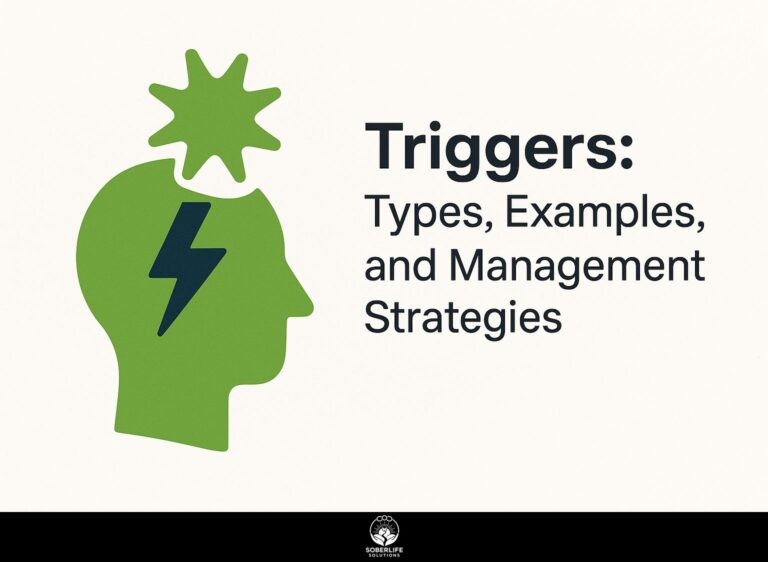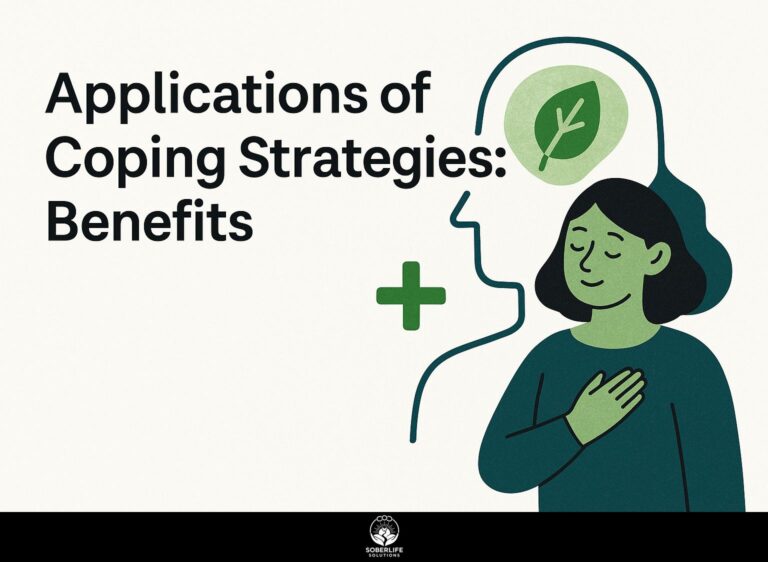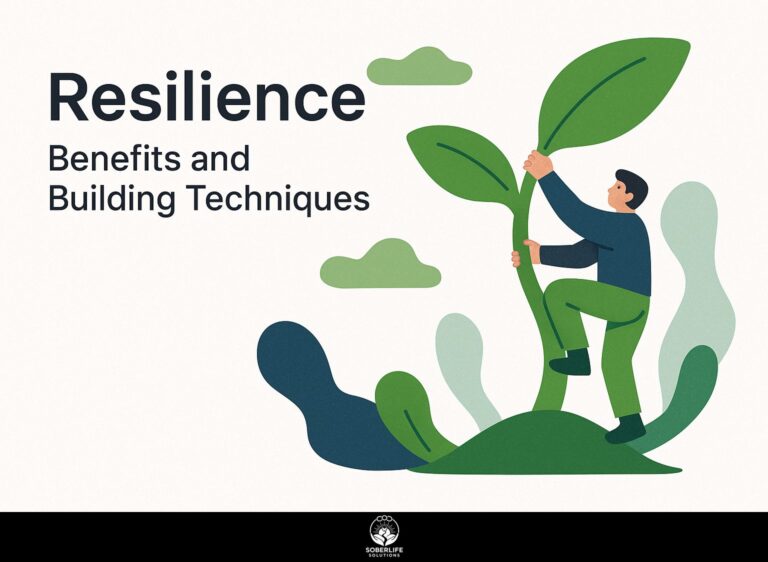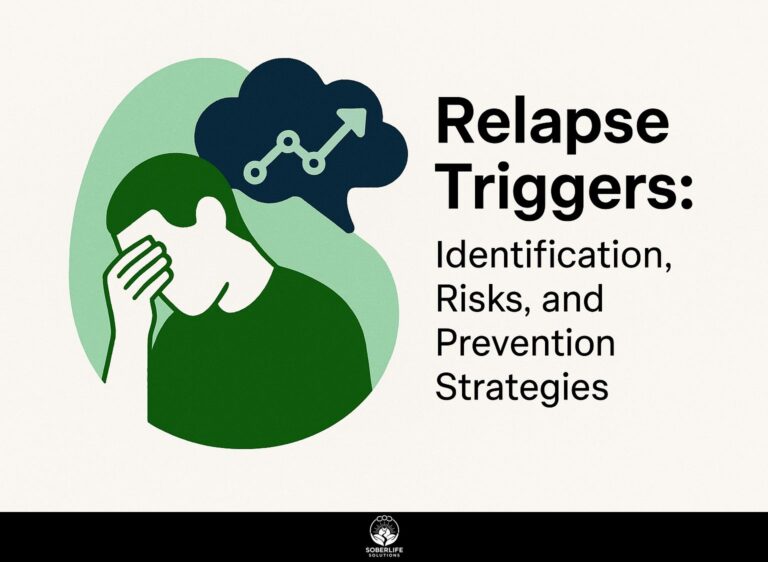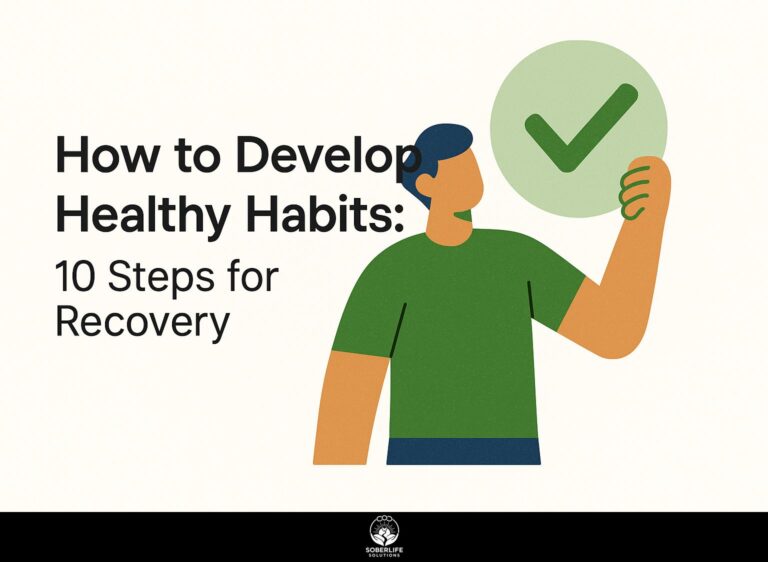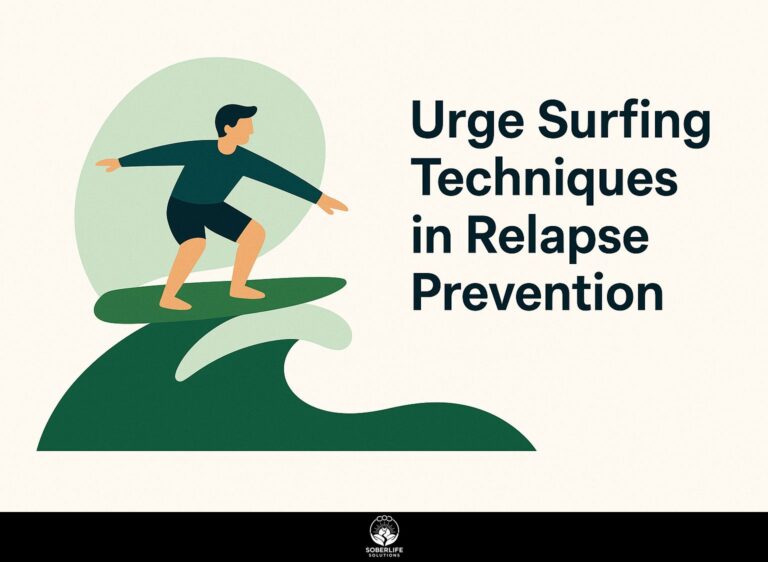How to Practice Progressive Muscle Relaxation Techniques
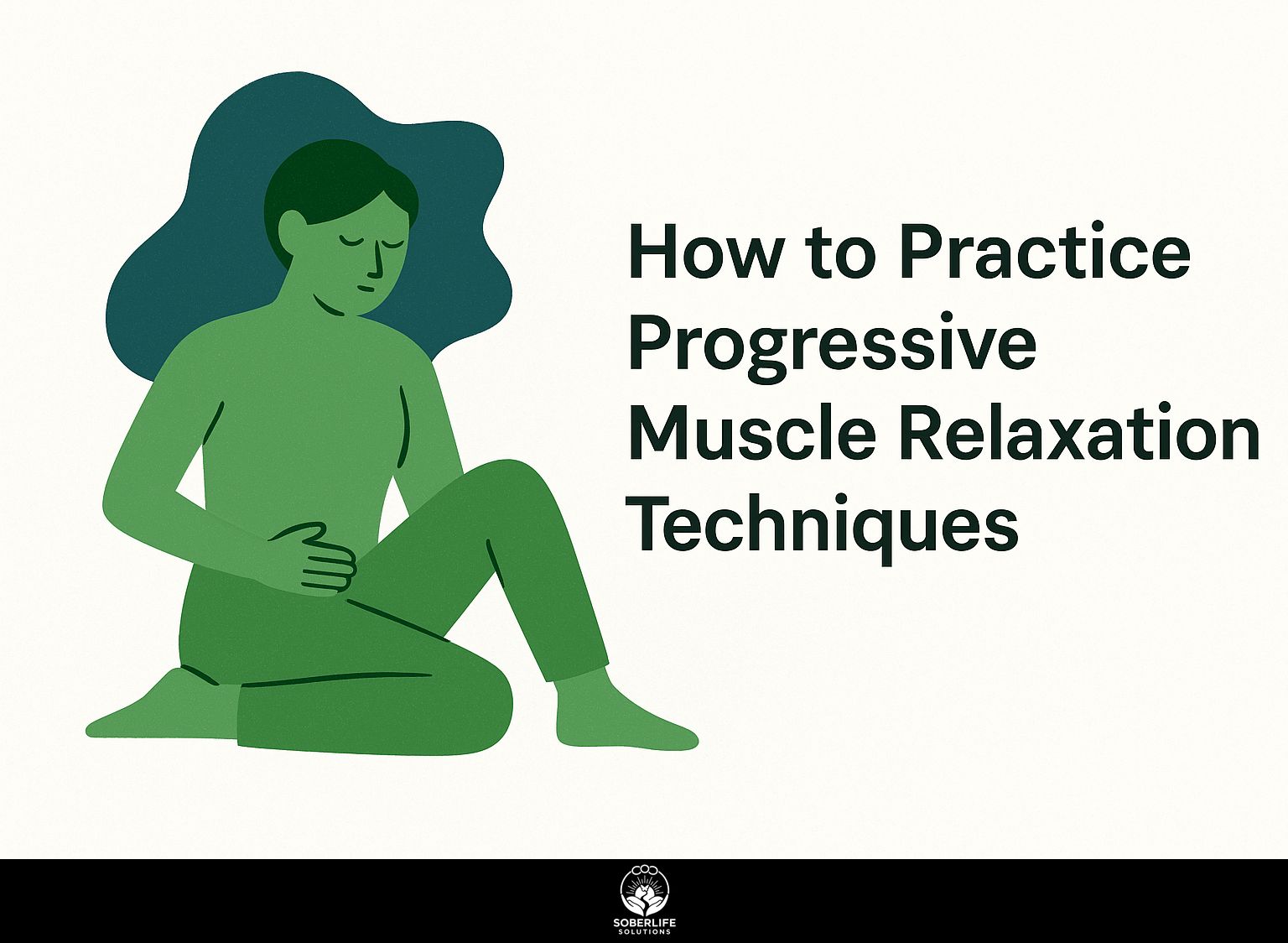
Feeling overwhelmed by stress? Learn about the benefits of Progressive Muscle Relaxation (PMR), a method created by Edmund Jacobson to help lessen muscle tension and encourage calmness. By regularly tightening and loosening specific muscle groups, you can improve your general health and wellness. In this article, we’ll show you useful PMR methods to help you achieve a more relaxed and attentive mental state. Learn how to effectively integrate these practices into your daily routine for lasting peace.
Key Takeaways:
Definition and Purpose
PMR is a technique where you first tighten and then loosen certain muscle groups to improve body awareness and effectively lower stress levels.
To practice PMR effectively, start by finding a quiet space to sit or lie down comfortably. Begin with your toes; tense them for five seconds, then relax for 30 seconds, noticing the difference in sensation.
Move progressively through your body-feet, legs, abdomen, arms, and face. Headspace is a mobile app that helps arrange meditation sessions and simplifies relaxation, and as noted by the Whole Health Library, PMR can be particularly beneficial in reducing stress and anxiety, especially before challenging situations.
This method is particularly useful before stressful events, such as speaking in public or exams, to lessen anxiety and promote relaxation.
Benefits of Practicing PMR
Practicing PMR has been linked to significant health benefits, including a 30% improvement in sleep quality and noticeable anxiety relief among users.
To effectively practice Progressive Muscle Relaxation (PMR), start by finding a quiet space. An expanded context provided by Mayo Clinic details how relaxation techniques like PMR can lower stress effectively.
Begin with your toes; tense the muscles tightly for five seconds, then release. Slowly work your way up your body-feet, calves, thighs, and so on-until you reach your head. This method relieves physical tension and encourages mindfulness.
Users often report feeling calmer and more focused after just a few sessions. Including PMR in your nightly routine can help you relax and sleep better. Related insight: Quality Sleep Tips for Addiction Recovery – Sober Life Solutions
Understanding Muscle Tension
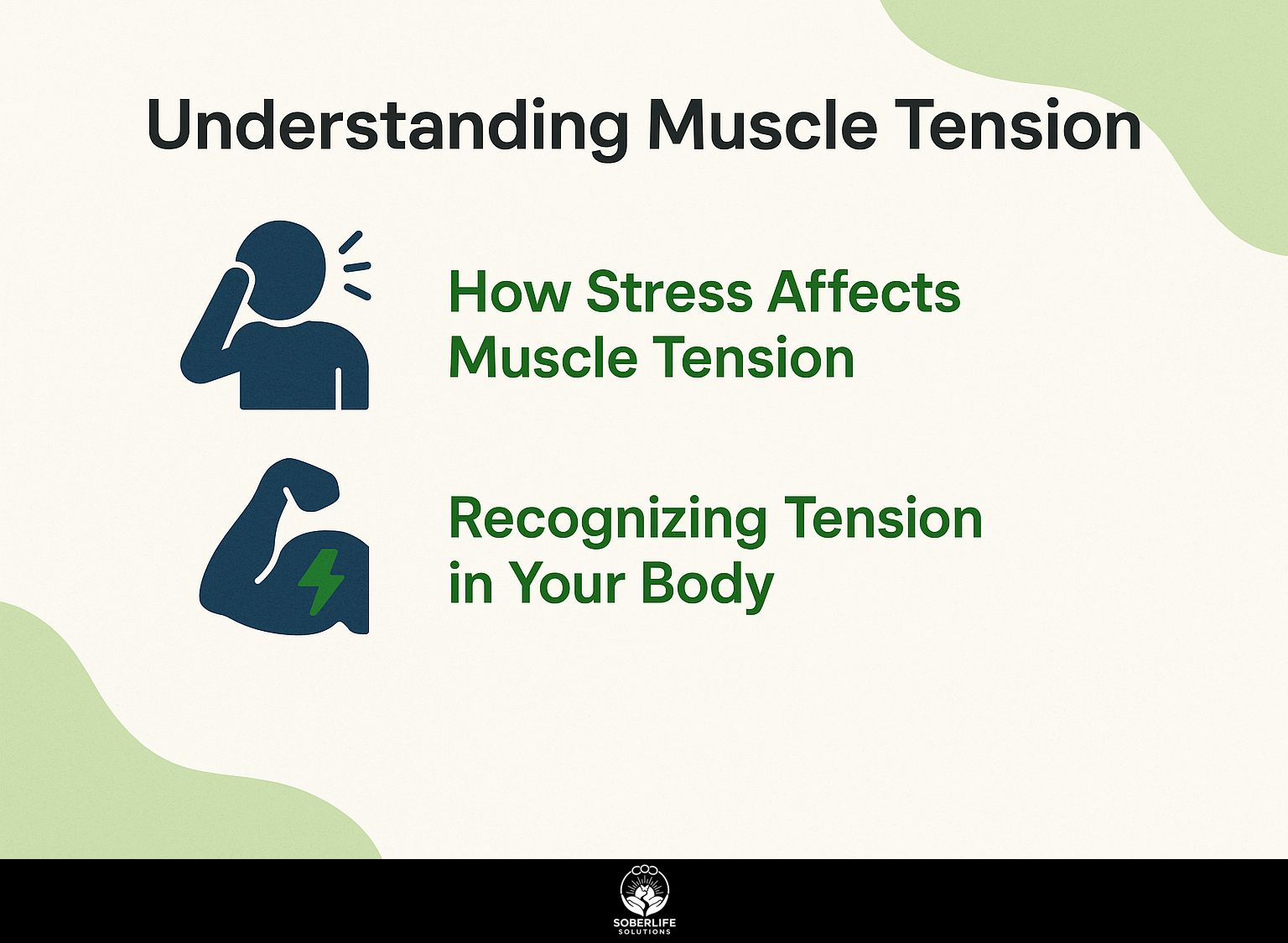
Muscle tension often happens because of stress and anxiety. If not managed, it can cause discomfort or ongoing pain. To alleviate such tension, incorporating alternative methods like aqua therapy can be beneficial. This approach has significant implications for recovery, as detailed in our framework for Aqua Therapy Bed benefits.
How Stress Affects Muscle Tension
Stress makes your body react by tightening muscles, speeding up your heartbeat, and possibly raising your blood pressure.
Chronic muscle tension often occurs in specific groups like the neck, shoulders, and back. For instance, individuals might notice their shoulders creeping up towards their ears during stressful moments, leading to stiffness and pain.
To combat this, practices such as progressive muscle relaxation can help. This involves tensing and then relaxing each muscle group, starting from the toes to the head.
Regular stretching and using tools like foam rollers can alleviate tightness. Incorporating yoga or guided relaxation techniques into your routine may also significantly reduce anxiety symptoms and improve overall well-being. According to a respected source from the Mayo Clinic, managing chronic stress through these methods is crucial as it puts your health at risk.
Recognizing Tension in Your Body
Learning to notice what your body feels like is important for finding spots of tension; common signs include headaches, tight shoulders, and back pain.
To perform a body scan, find a quiet space and adopt a comfortable position, either sitting or lying down.
Close your eyes and take a few deep breaths to center yourself. Start focusing on your feet, noticing any sensations or tension. Gradually move upward through your body-your legs, hips, abdomen, and so on-spending a few moments on each area.
If you identify tension, envision breathing into that space, allowing it to soften. This exercise takes about 10-15 minutes and helps you become more aware of your body’s signals.
Step-by-Step Guide to PMR
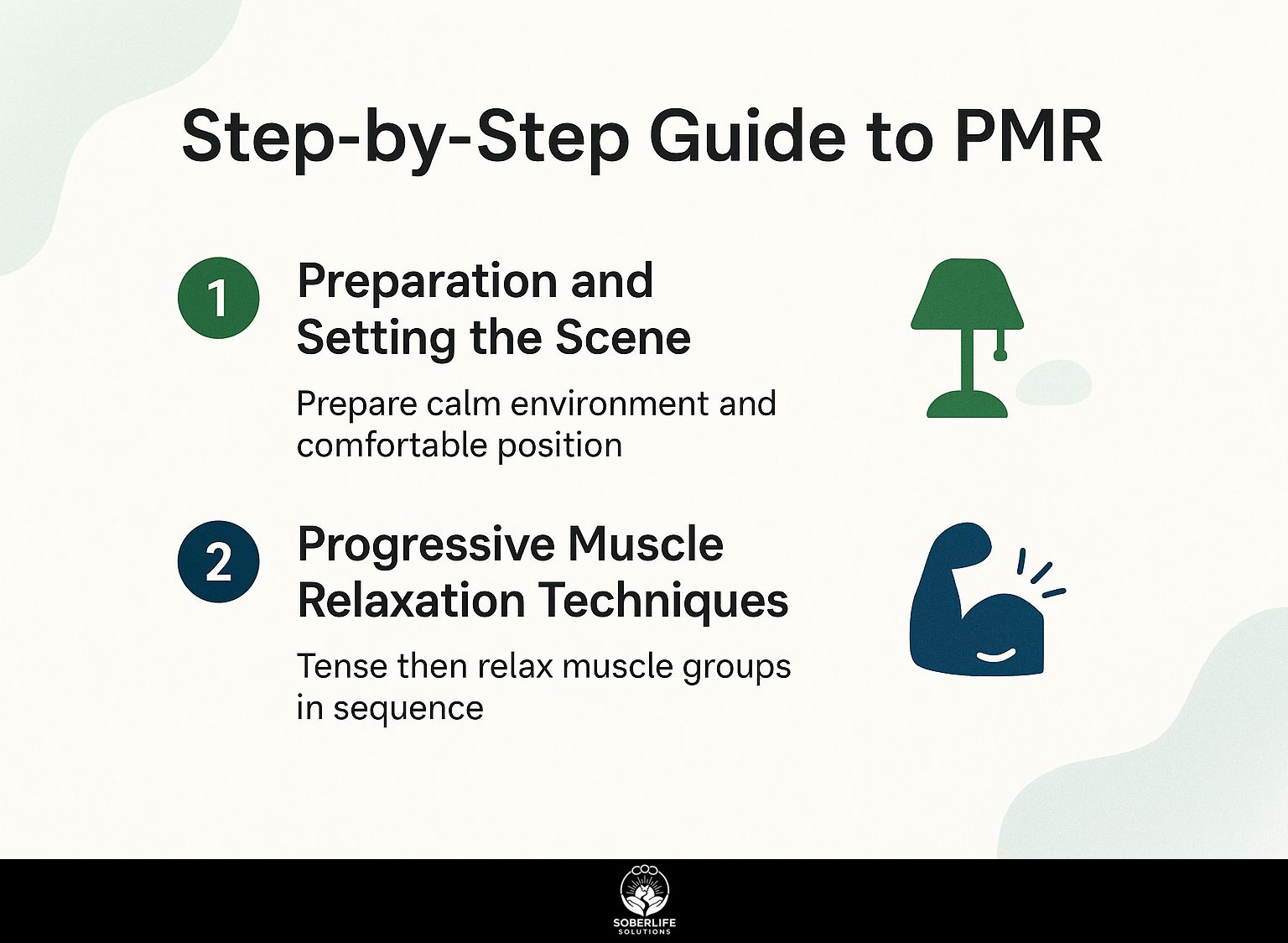
This guide will walk you through how to use PMR so you can relax deeply in just a few minutes. To enhance your relaxation journey, consider exploring various recovery techniques including mindfulness and meditation to effectively manage stress.
Preparation and Setting the Scene
Find a quiet spot where you can sit comfortably without distractions for at least 15-20 minutes to begin your PMR practice.
Wear loose and comfy clothes to help you relax. Avoid tight belts or restrictive fabrics that can distract from your focus.
Silence your phone and inform any housemates or coworkers that you’ll be unavailable during this time. You might even consider using earplugs or a white noise machine to further minimize interruptions.
Create a calming ambiance by dimming the lights or lighting a gently scented candle, which can help signal to your mind that it’s time to unwind and engage in deeper relaxation.
Progressive Muscle Relaxation Techniques
Start PMR by tightening certain muscle groups for 5-10 seconds, then let go to feel a deep relaxation.
Focus on major muscle groups: start with your feet, clenching them tightly, then progressively move up to your calves, thighs, abdomen, arms, and face.
While exercising each muscle group, inhale deeply as you tense the muscles, hold for a few seconds, and then relax.
Using apps like Calm or Insight Timer to listen to recordings can make your experience better. These tools often include soothing sounds that help you focus, making the experience more effective and enjoyable.
Common Mistakes to Avoid
New learners often make typical errors when doing PMR that can get in the way of their attempts to relax, causing them to feel annoyed. Addressing these frustrations is crucial, as they can contribute to a negative affect, potentially hindering recovery efforts. For an extensive analysis of strategies to counteract these feelings, explore our comprehensive guide on addressing negative affect in recovery.
Rushing Through the Process
One prevalent mistake is rushing through the tensing and relaxing phases, which can diminish the effectiveness of PMR.
To make the most of Progressive Muscle Relaxation (PMR), focus on each muscle group by tensing and then relaxing them for 15-30 seconds.
Begin at your feet, consciously tensing the muscles for five seconds, then release and notice the contrast. Gradually work your way up to your shoulders and neck, where tension often accumulates.
Set a timer to keep a consistent speed, and listen to relaxing music or a meditation app like Insight Timer to improve concentration.
Ignoring Breathing Techniques
Breathing is important in PMR; ignoring correct breathing methods can reduce the benefits of relaxation.
To improve your experience, pay attention to deep breathing while doing progressive muscle relaxation (PMR). Start by inhaling deeply through your nose for a count of four, allowing your abdomen to rise. Hold for a count of four, then exhale slowly through your mouth for a count of six, feeling your body relax further with each breath.
This rhythmic pattern helps calm your mind and gets your body ready for the next phases of muscle tightening and relaxing. Combine this with visualizations of tranquility, such as a serene beach, for added relaxation benefits.
Incorporating PMR into Daily Life
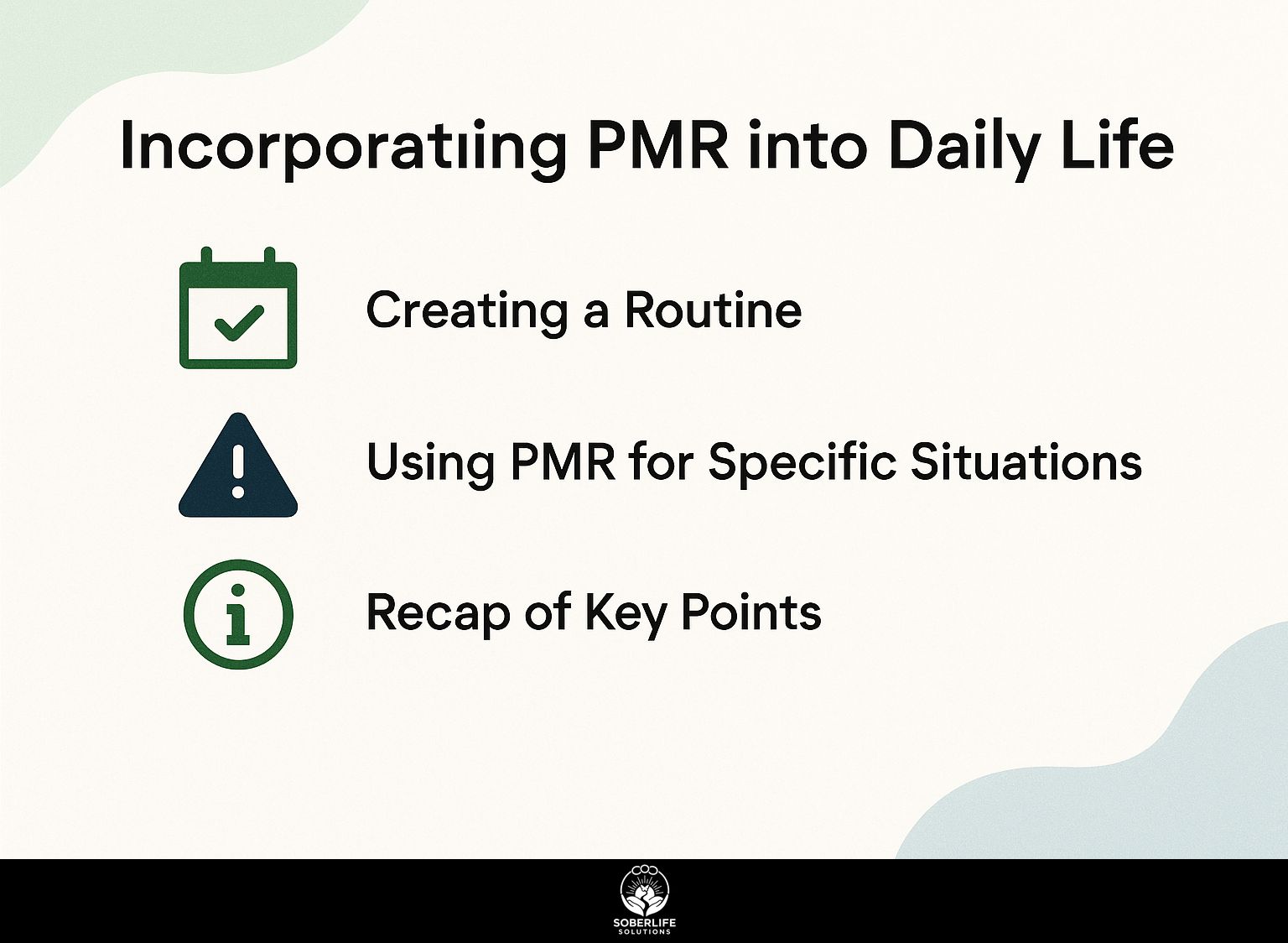
Adding PMR to your daily schedule can greatly increase its effectiveness and support lasting relaxation benefits. One of our most insightful articles explores various recovery techniques, including mindfulness and meditation, which can complement your PMR practice.
Creating a Routine
Practicing PMR regularly, around 3-4 times a week, helps relax muscles and reduce anxiety.
To effectively implement this routine, schedule sessions during early evenings when you’re winding down; aim for 20-30 minutes per session.
Start by finding a quiet space to minimize distractions. You can use a guided PMR app, such as Relax Melodies or Calm, which provide instructions and soothing background sounds.
Keep a journal to track your progress and note any changes in stress levels or muscle tension after each session. Thinking about this can encourage you and help you change your routine if necessary.
Using PMR for Specific Situations
PMR can be particularly beneficial in specific situations, such as before exams or during periods of high anxiety.
To effectively implement Progressive Muscle Relaxation (PMR) before an exam, begin by finding a quiet space. Sit comfortably and focus on your breathing for a few moments.
Then, sequentially tense and relax each muscle group, starting from your toes and moving up to your head. For instance, clench your fists tightly for five seconds and then release. Repeat this for your shoulders and jaw to relieve tension.
Adding calming music or guided audio tracks can improve your relaxation experience, helping you concentrate and lower stress.
Recap of Key Points
PMR helps improve health by lowering anxiety and helping people sleep better with certain relaxation techniques.
To effectively implement Progressive Muscle Relaxation (PMR) in your routine, consider these actionable steps:
- Find a quiet space to avoid distractions.
- Set aside 15-20 minutes daily.
- Focus on tensing and relaxing each muscle group, starting from your toes and moving up to your head.
- You can use guided audio recordings to improve your practice.
Tracking your progress in a journal can help reinforce the benefits as you notice improvements in your anxiety levels and sleep patterns over time.
Frequently Asked Questions
What are progressive muscle relaxation techniques?
Progressive muscle relaxation techniques require you to tighten and then loosen various muscle groups in your body to reach a calm and relaxed state. It is often used as a stress management technique and can be done on your own or with the guidance of a therapist.
How do I practice progressive muscle relaxation techniques?
To practice progressive muscle relaxation, find a quiet and comfortable place to sit or lie down. Begin by tensing and releasing each muscle group, starting from your toes and working your way up to your head. Focus on the sensation of tension and relaxation in each muscle group as you go.
How long should I practice progressive muscle relaxation techniques?
It is recommended to practice progressive muscle relaxation for at least 10-20 minutes per day for maximum benefits. However, even practicing for a few minutes can help lower stress and encourage relaxation.
What are the benefits of practicing progressive muscle relaxation techniques?
Progressive muscle relaxation can help reduce stress and anxiety, improve sleep, and decrease muscle tension and pain. It can also increase self-awareness and mindfulness, leading to a greater sense of relaxation and well-being.
Can anyone practice progressive muscle relaxation techniques?
Yes, anyone can practice progressive muscle relaxation techniques. It is a safe and effective technique for people of all ages and fitness levels. But if you have any muscle injuries or medical issues, talk to a doctor before you start this activity.
Are there any variations of progressive muscle relaxation techniques?
Yes, there are various variations of progressive muscle relaxation techniques, such as guided imagery, body scan meditation, and autogenic training. These techniques involve tensing and relaxing muscle groups in a similar way, but may include different parts, such as imagining scenes and focused breathing.

